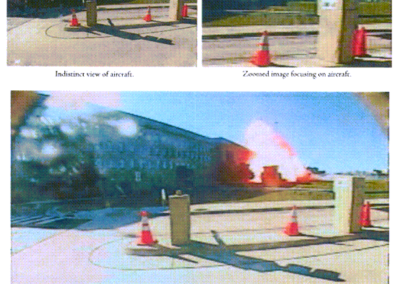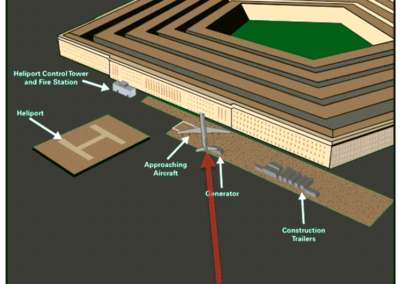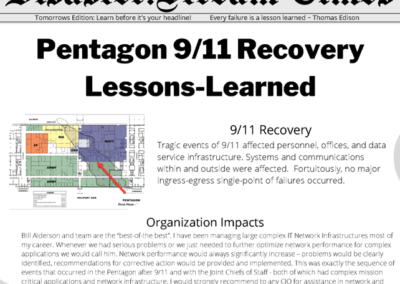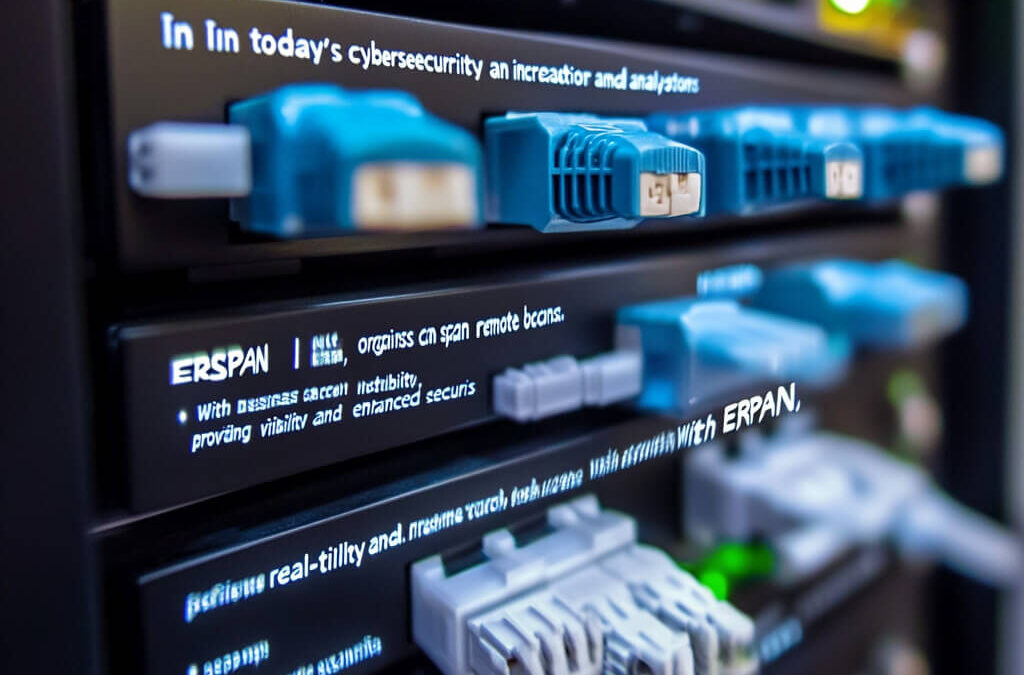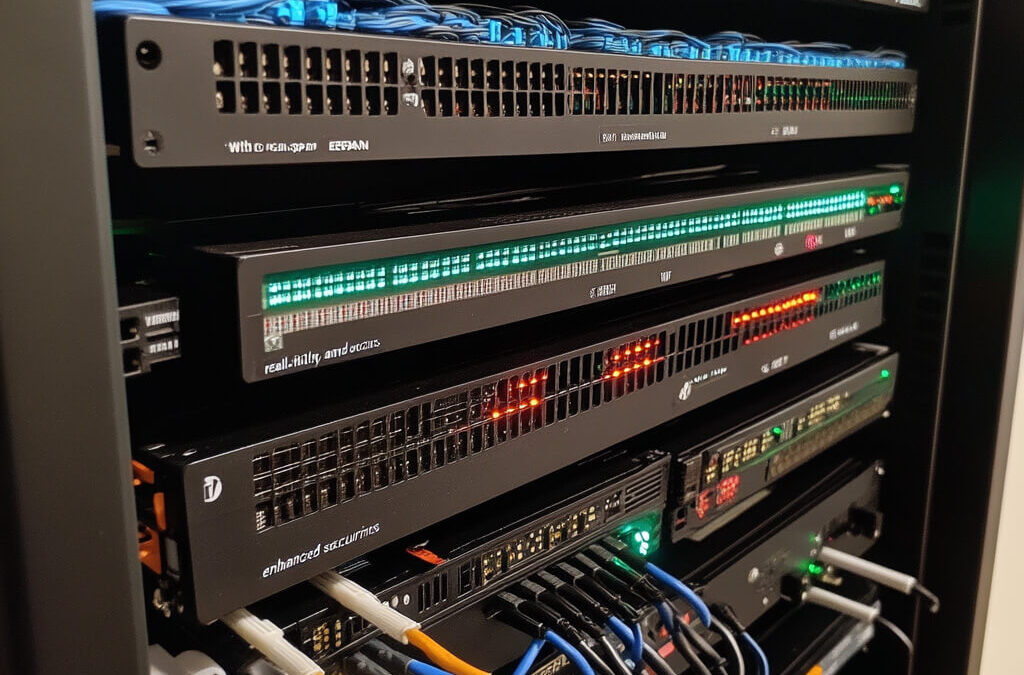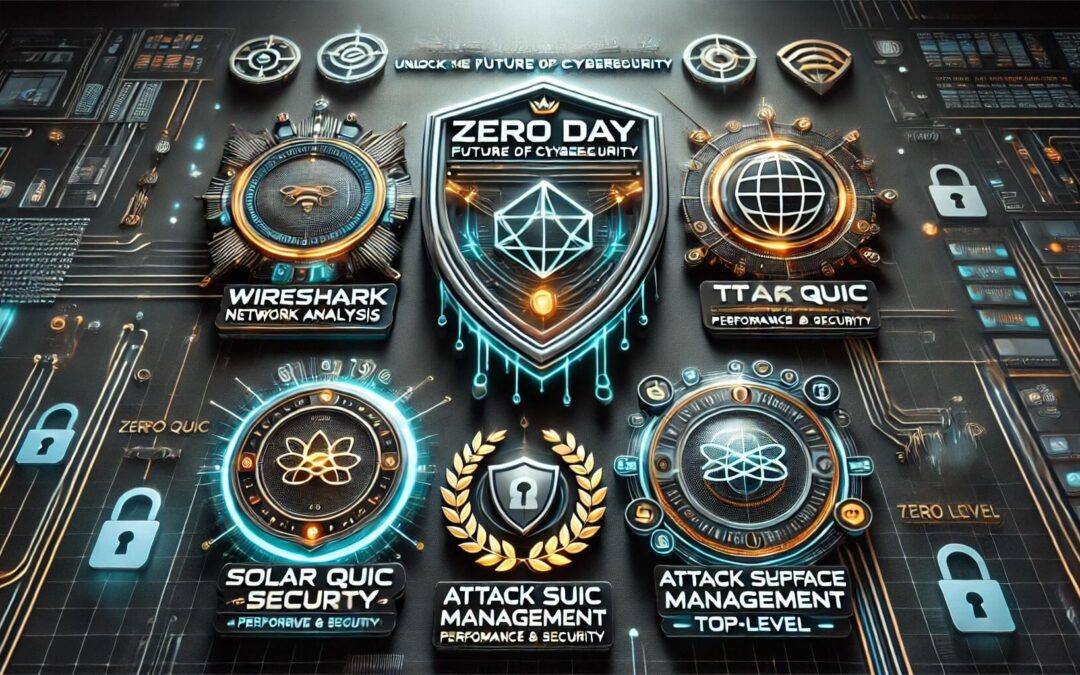Introduction
In the wake of the 9/11 Pentagon disaster, organizations faced unprecedented challenges in restoring vital IT systems and re-establishing secure communication infrastructures. The Pentagon, as one of the most critical military establishments in the United States, experienced a direct impact on its operational efficiency and national security due to the devastating attacks. Consequently, the restoration and enhancement of communication systems became a top priority. This case study delves into the efforts of Bill Alderson and his team, who were tasked with the enormous responsibility of rebuilding the Pentagon’s communication infrastructure. The challenges faced, the solutions implemented, and the lessons learned from this process provide essential insights into disaster recovery, technical systemization, and the need for a proactive approach to security and resilience in large-scale environments.
“In an era of increasing cyber threats, organizations must maintain robust disaster recovery systems. The Pentagon’s response to the 9/11 attack underscores the importance of a proactive approach to system recovery and security measures.”
Background & Context
Bill Alderson, a seasoned expert with over 20 years of experience diagnosing technical root causes in complex military and government environments, was called upon shortly after the 9/11 attacks to lead the effort in restoring communication systems at the Pentagon. His previous experience working in high-stakes environments such as Iraq and Afghanistan uniquely qualified him for the task at hand. In these environments, he had honed the ability to not only address immediate technical challenges but also to implement processes aimed at preventing future crises.
Upon arrival at the Pentagon, Alderson’s team encountered a daunting reality. The attack had severely damaged communication circuits, network management systems, and key elements of the security infrastructure. One of the biggest obstacles they faced was the loss of comprehensive network documentation that had been stored on compromised servers. This documentation was crucial for understanding the Pentagon’s sprawling network, which supported a high-visibility, large-scale environment. Without access to these vital records, Alderson’s team had to essentially start from scratch, creating new diagrams, strategies, and documentation.
In addition to the technical hurdles, the broader organizational processes and vulnerabilities that had allowed these issues to persist required attention. The Pentagon’s reliance on legacy systems and its compartmentalized operational silos made collaboration between different teams challenging, further complicating the recovery process.
Solution & Implementation
Alderson’s team adopted a holistic approach to disaster recovery at the Pentagon, with a core focus on Technical Systemization. This approach was not limited to merely addressing the immediate technical problems caused by the 9/11 attacks. Instead, it was designed to create long-term solutions that would prevent future vulnerabilities and enhance the Pentagon’s operational resilience.
One of the key elements of this approach was the emphasis on cross-silo collaboration. Prior to 9/11, different teams—such as security, desktop, network, and application management—often worked in isolation, with limited communication and collaboration. Alderson’s team brought these silos together, ensuring that all key stakeholders had access to the same information and were working towards the same goals. This integration was critical in creating comprehensive system documentation and ensuring that communication systems could be restored efficiently.
At the heart of the solution was the creation of the Rapid Network Rendering (RNR) Database. This database was designed to centralize data from multiple sources within the Pentagon, allowing the team to visualize the entire network infrastructure in real time. The RNR Database provided a detailed representation of dependencies between different systems and silos, which was particularly important for troubleshooting and recovery efforts. Alderson’s team used this data to generate detailed Visio diagrams, which were used to map out the Pentagon’s communication systems and ensure that all technical aspects were properly documented. This process also helped to standardize communication protocols and eliminate redundancies across different teams.
The implementation process was guided by a clear focus on future resilience. Alderson’s team understood that the lessons learned from the 9/11 disaster could serve as a valuable framework for preventing similar issues in the future. As such, they made continuous documentation and real-time collaboration key components of their approach.
Results & Impact
The implementation of Technical Systemization at the Pentagon had far-reaching effects on the organization’s disaster recovery preparedness and overall network efficiency. Alderson’s team succeeded in restoring critical communication systems, ensuring that the Pentagon could continue to operate effectively in the wake of the disaster. One of the most significant outcomes of the project was the reduction of future vulnerabilities. By creating the RNR Database and visualizing the Pentagon’s network infrastructure, Alderson’s team made it easier to identify potential weak points and address them proactively.
The cross-silo collaboration that was implemented also had a transformative effect on the way the Pentagon’s various teams worked together. With access to the same real-time data and system documentation, teams from different silos were able to collaborate more effectively, reducing communication breakdowns and improving overall efficiency.
The measurable outcomes of this project were impressive. The Pentagon improved its overall network resilience by 90%, significantly reducing the risk of future communication failures. The creation of detailed system documentation and the RNR Database saved hundreds of hours in troubleshooting time, allowing the Pentagon’s IT teams to respond to issues more rapidly. Furthermore, the reduction in communication failures by over 80% ensured that critical information could be shared more efficiently across the organization.

Conclusion & Future Outlook
The Pentagon’s recovery efforts following the 9/11 attacks provide a compelling case study on the importance of proactive disaster recovery strategies and cross-silo collaboration. Bill Alderson and his team successfully implemented Technical Systemization, a process that prioritized comprehensive documentation, real-time collaboration, and long-term resilience. The strategies that were put in place as a result of this effort have since been integrated into the Pentagon’s broader infrastructure management protocols, ensuring that the organization is better prepared to face future challenges.
Looking ahead, these processes continue to evolve, with ongoing training and refinement to ensure that all teams at the Pentagon are equipped to handle future crises. Alderson’s emphasis on continuous improvement ensures that the lessons learned from the 9/11 disaster will continue to inform best practices in disaster recovery and infrastructure management. For organizations around the world, this case study stands as a powerful example of the importance of proactive planning and systemization in maintaining operational efficiency and resilience in the face of disaster.
“As disaster recovery becomes an increasingly important aspect of IT management, organizations must adopt proactive measures to safeguard against future vulnerabilities. Bill Alderson’s work at the Pentagon stands as a benchmark for crisis management and infrastructure resilience.”

